
WASHINGTON — Track conditions led to the fatal derailment of Amtrak’s Empire Builder in Joplin, Mont., in September 2021, the National Transportation Safety Board said in its final accident report released today (July 27)
Three passengers were killed and 49 other people were injured in the derailment of the westbound train on BNSF’s Hi Line 50 miles west of Havre, Mont., about 3:56 p.m. on Sept. 25, 2021.
“This tragedy is a powerful reminder that there’s no substitute for robust track inspection practices, which can prevent derailments by identifying track conditions that may deteriorate over time,” NTSB Chair Jennifer Homendy said in a press release accompanying release of the report. “I implore track owners, who are responsible for the safety of their routes, to ensure inspectors have the time, support, and resources needed to do their work, which is essential to rail safety.”
Among the report’s recommendations is a call for all trains to be equipped with autonomous track geometry systems to detect defects.
In its report summary, the NTSB says factors including worn rail, vertical track deflection (the up-and-down movement of track as a train passes) at a four-bolt rail joint, subgrade instability, and track misalignment led to the derailment. It also said that, had a locomotive equipped with automated track geometry inspection traveled the route earlier in the day, the “deteriorating track condition” could have been identified, giving BNSF the opportunity to address the problem.
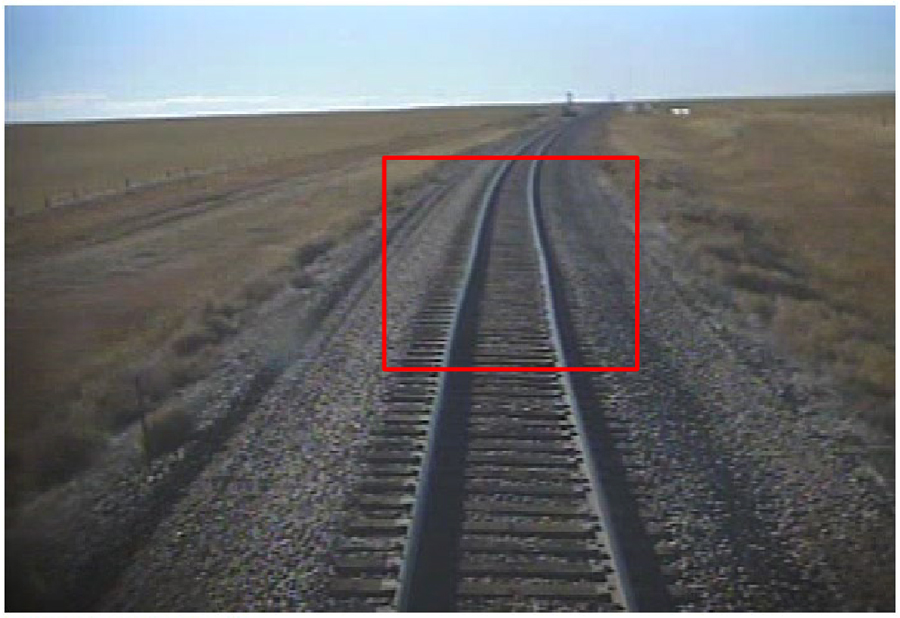
The track misalignment — a kink in a curve the train hit at 81.5 mph — was one of the key items revealed when the NTSB released the accident document earlier this year [see “Empire Builder encounter track defect …,” Trains News Wire, Feb. 22, 2023].
Specifically, investigators found that a wheel-climb derailment occurred through a combination of worn rail allowing the wheel flange to make contact with the joint bar at the point of the rail joint; the vertical track deflection that caused the train to rock and sway; a track misalignment in the curve of 2 to 4 inches; and the subgrade instability which contributed to track movement.
The board also said the fact some windows did not stay in place when the Superliner cars rolled over contributed to the severity of injuries, and renewed a call for performance standards for window retention systems to prevent passenger ejections. Investigators also found the cars’ compartmentalization did not adequately protect passengers from injury.
The call for autonomous track geometry systems on all trains is just one of the new recommendations from the board. Others call on the Federal Railroad Administration to set a limit for maximum acceptable rail wear; to establish requirements among railroads in which predetermined alerts from track inspection systems would require an immediate slow order until a walking inspection is performed and repairs are completed, if needed; and to expand an existing regulation on welded rail to all welded rail joints. Other recommendations call on BNSF to address and repair the subgrade instability at the derailment site.
Along with reiterating its call for window-retention standards, the NTSB also called on the FRA to study causes of passenger injuries in derailments and consider potential mitigating measures such as seat belts.
Amtrak said in a statement that it “appreciates the opportunity to participate in the investigation and we will review the recommendations. Amtrak will continue to work with all stakeholders to improve rail safety for the traveling public.”
The full report is available here, and the accident docket is available here.
— Updated at 4:55 p.m. CDT with Amtrak statement.






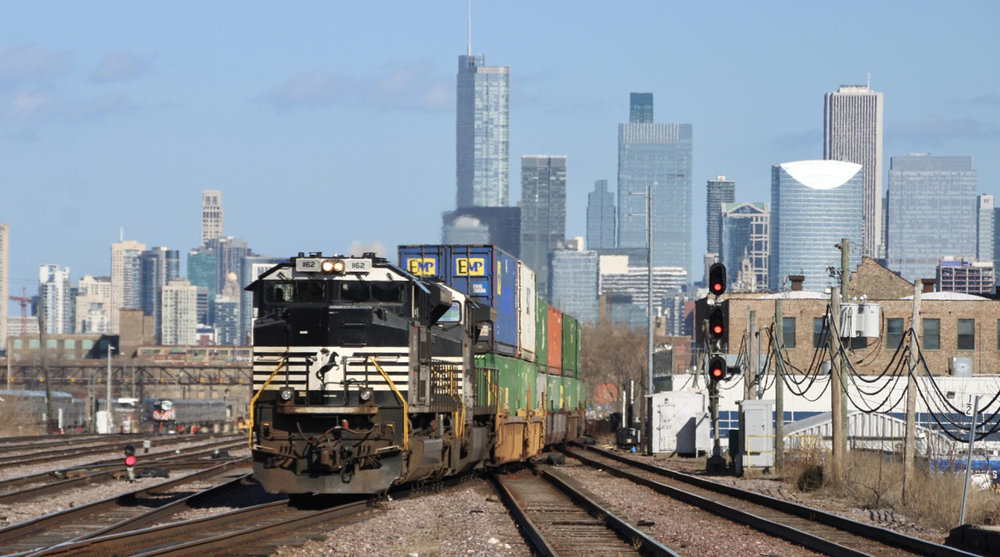
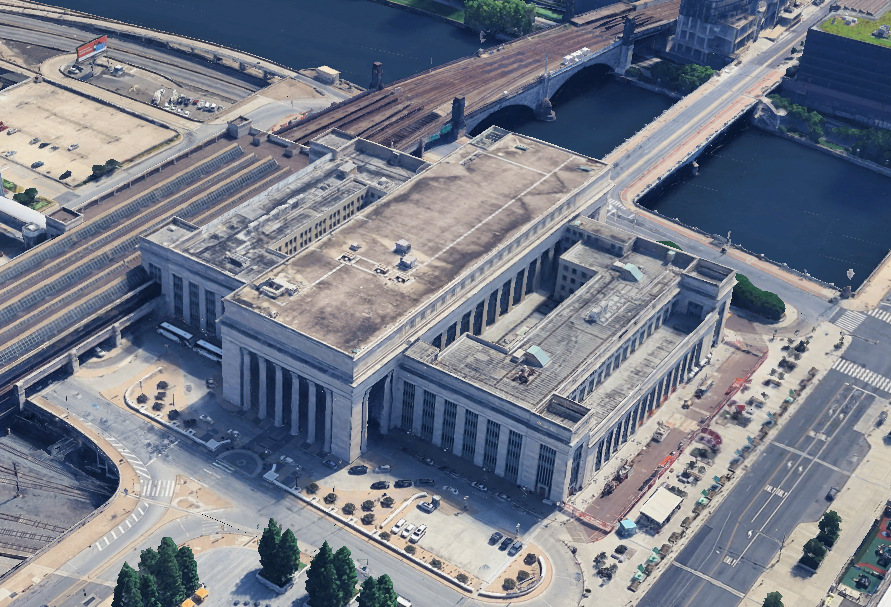
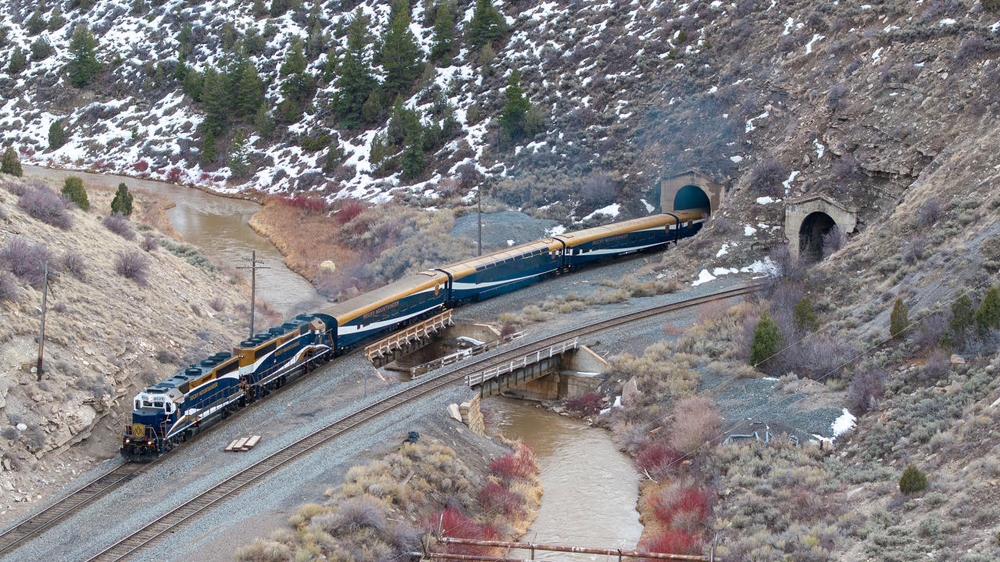
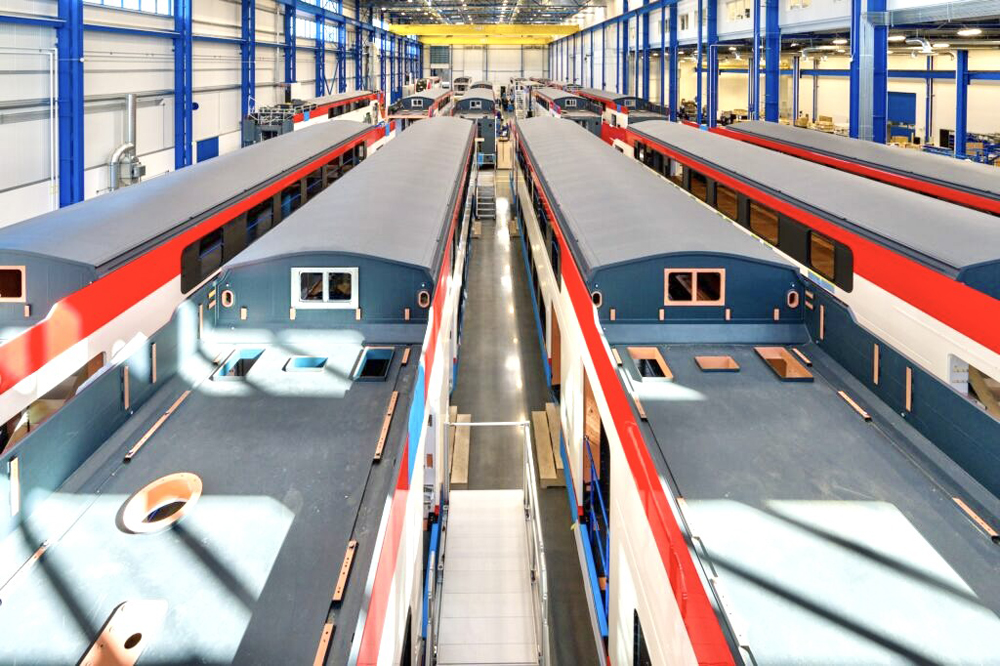




Hey Trains Editors, other media has covered the parts of the NTSB report about the scope of responsibility for the track inspector: way more miles than they could possibly cover with their walking inspection. You have missed a major aspect of the NTSB report!
I believe the fatalities were from the lounge car. How old are the seals around those windows would be my first question.
The NTSB said that the track’s vertical and horizontal deflections got worse as each train passed over the location. Great analysis only enabled with all leading locos having operating cameras. Vertical pumping at the joint bar location was also cited. My question is how many axels passed over the site before #7 on that day?
When any metal is bent it heats just a minor amount. Sunny day and all those axels may have heated the rail causing rail expansion enough to cause the horizontal deflection to increase more each axel.?
Do not think that was only cause as NTSB said it was a combination of many factors which individually were within FRA limits but adding all together became cause. Recommended that combinations must be considered in the future when inspecting trackwork.
I don’t know if the car(s) with the fatalities were Superliner I or II but all these cars are getting are old & their structural integrity is compromised as a result. This is not something that can be fixed, replacement with with upgraded safety design is the only option. Yet still no word on any builder contract to replace them which would take nearly a decade to put into service judging from previous equipment orders. The age of these cars are to the point that Amtrak is just not fixing them any longer after wrecks. Perhaps this is Amtrak mgmts solution to the LD service ATTRITION these cars will not last another decade thus reduction/elimination of service will become necessary, their problem solved more $$ for the NEC! As for the RR’s installing more safety measures.. not likely without Govt intervention as was the case with the latest signaling requirements. The RR’s have always been resistant to new safety measures but then again they’re always expected to cover the cost themselves unlike the airlines & Hwys who get new safety measure covered by the taxpayers.
The NTS said there were no structural failures on any of the Superliners. So, it appears they are still structurally sound. What was said that the window glazing standards need changing. Have to wonder if even the ew Siemens cars are of the same design. All other cars certainly are.
Galen
The report says that the fatalities occurred from the seventh car in the consist which was a Superliner II Lounge car. It said that six people were ejected from this car and three of those died.
Part of the reason people take the train is so they can get up and walk around whenever they want…seat belts go completely against that freedom. This is one case in which the NTSB has recommended way to many fixes for an anomaly.
Here come the lawsuits at BNSF.
How long before the freight railroads start telling Amtrak to “build your own railroad”?
Robust railway line inspections always need a skilled and competent team! Track crews, on duty please!
Dr. Güntürk Üstün
Terrible event and tragic loss of life. So unfortunate that this happened to a short light passenger train and not a much heavier more stress-causing freight train.
P.S. People are not going to wear seat belts on trains.